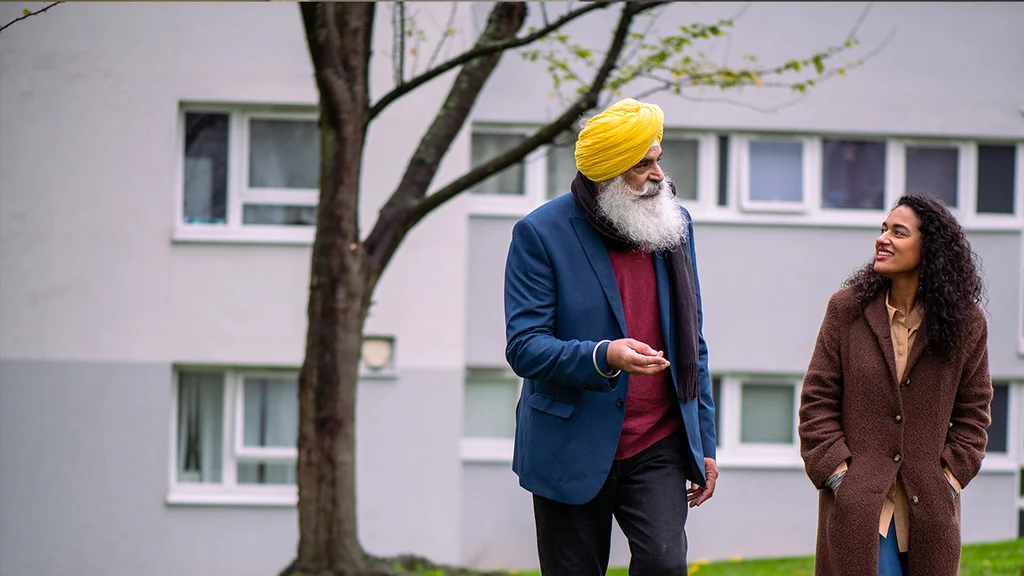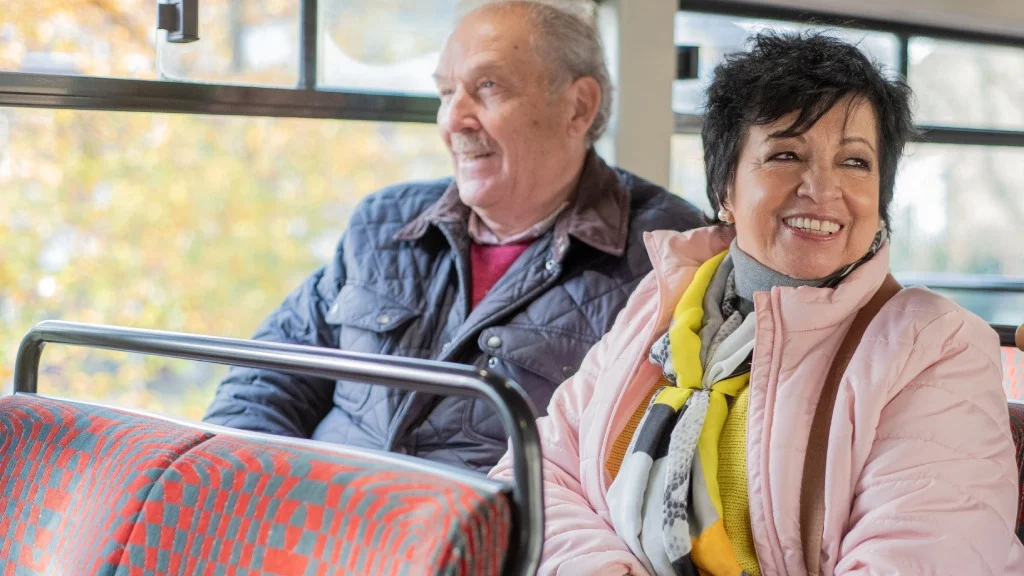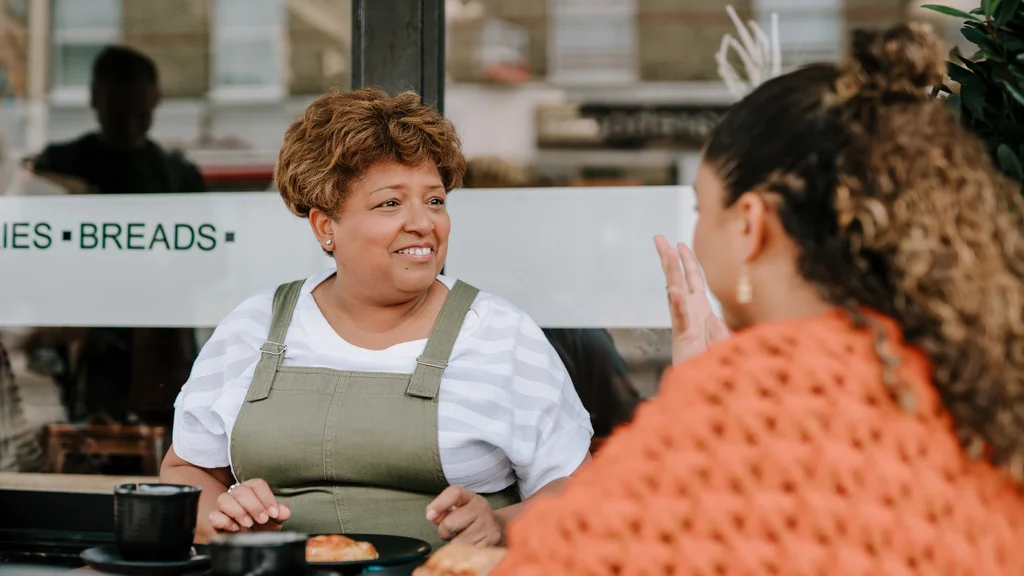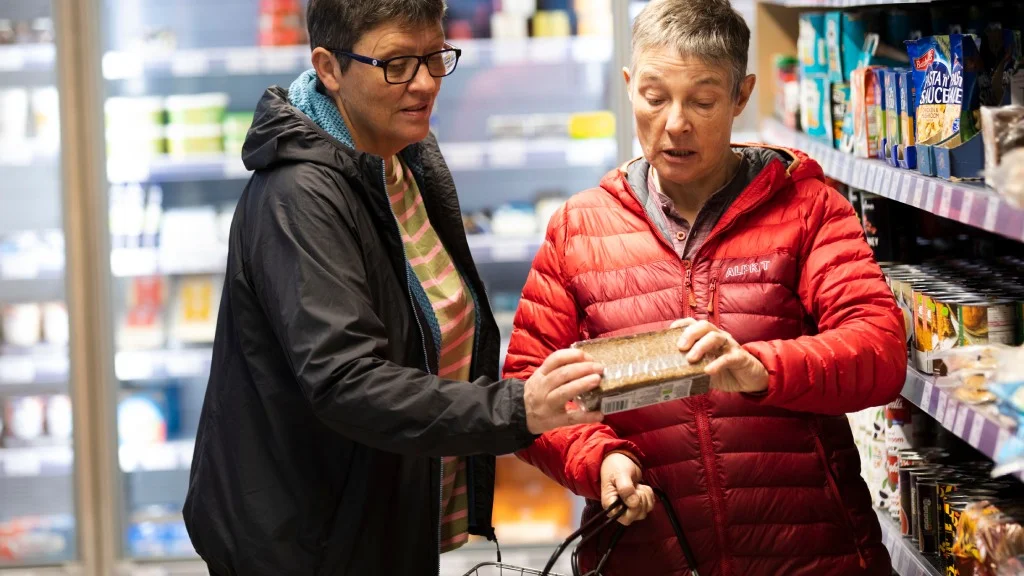
Find out how walkable your community is
It is essential that the places we live and work in are well designed for our everyday use.
Having the ability to move around our local area is important for us all – it means that we can stay involved in our communities, enjoy fresh air, meet friends and family, get exercise, or just do daily chores.
We have all experienced pedestrian traffic lights that barely give us enough time to cross the road. For some of us as we get older, if we have disabilities, are pregnant or have sensory impairments, this can be even more difficult. What may seem easy to some people, can be a significant obstacle to others.
A bin in the middle of the pavement may be no problem for those that can easily step around it, but for someone with a mobility scooter or a wheelchair, it may block their path entirely. A crack in the pavement may not make much of a difference to most, but for those with canes, prams or mobility aids, it can lead to a dangerous fall.
So how can we make sure that our community is walkable for everyone, regardless of age or disability?
One way is by conducting walking audits, like they have done in Age-friendly Bolton. These audits look at how safe, accessible and comfortable it is to move around your local area.
How have they done this? And how could you conduct one in your local area?
Your walking group should be made up of lots of different types of people with various abilities and backgrounds.
Your audit will be even stronger if you involve older people. Use your audit as a chance to bring people together. Be sure to include disabled people, parents with pushchairs, pregnant women, anyone who wants their community to be an easy place to get around.
Make sure you invite your local councillors who can feed back the information to the council and the departments responsible for the roads and pavements.
You don’t have to travel far to find out how walkable your area is. Choose a route that you know will be safe, and make sure it is less than a mile in length.
You can use a clipboard, a camera, or a mixture of both! Jot down anything you see as a potential hazard, or anything you think might make it harder to get around.
You don’t need to do your audit in a rush. Take it slowly and stop every-so-often to discuss and analyse the conditions, make notes, and take photos.
Keep it relaxed and informal, giving extra time and help if people need it on the day. This keeps everyone feeling more involved.
At the end, have a sit down somewhere quiet. This is a chance to thank everyone and ask them what they thought about the walk. Be sure to listen to everyone’s opinions as different things may stand out to different people!
Let everyone who was involved know what you discovered, and anything that happens as a result. This ensures that they feel they are a part of something.
After the audit, encourage your local councillor to share the findings with the relevant person in the council, feeding back any actions they will be taking.
If you haven’t yet got the help of a councillor, you can find out on your council website who is responsible and report any hazards you found. You might also want to approach other community groups in your area that share your concerns. Hopefully, this will lead to tangible changes, making your local area easier to navigate.
In Leeds, campaigners fought for the reintroduction of benches in a shopping centre following their removal during Covid. Having a place to sit and put your feet up can give many of us the break we need to continue our journey.
In Lambeth, the council is working to reclaim kerbsides for pedestrians. Preventing cars, bins and other obstacles from blocking people’s paths. This makes it easier for everyone to get to where they need to go.
If we meet the needs of those who struggle the most, we will meet everyone’s needs. Let’s make sure that everyone can enjoy all that our local community can offer.


